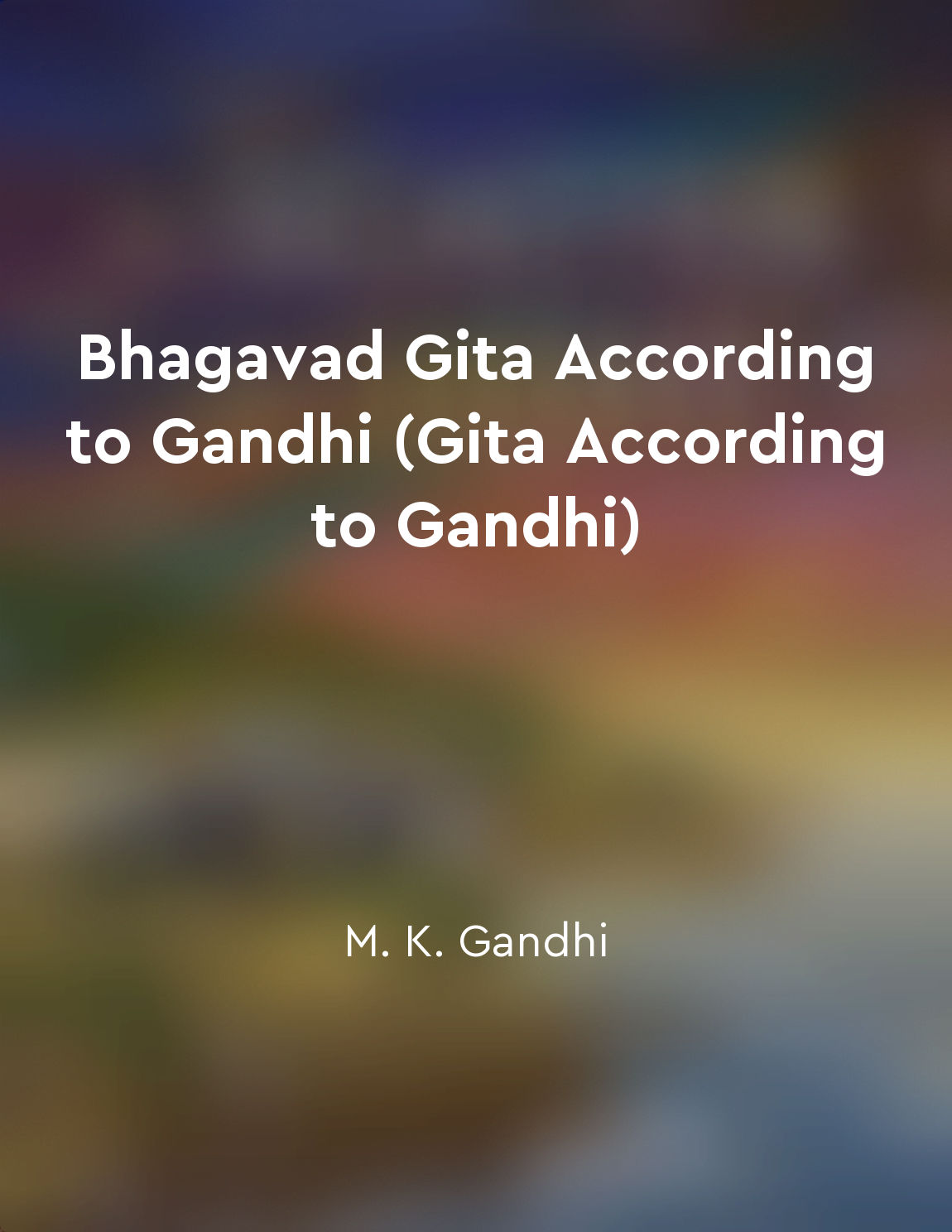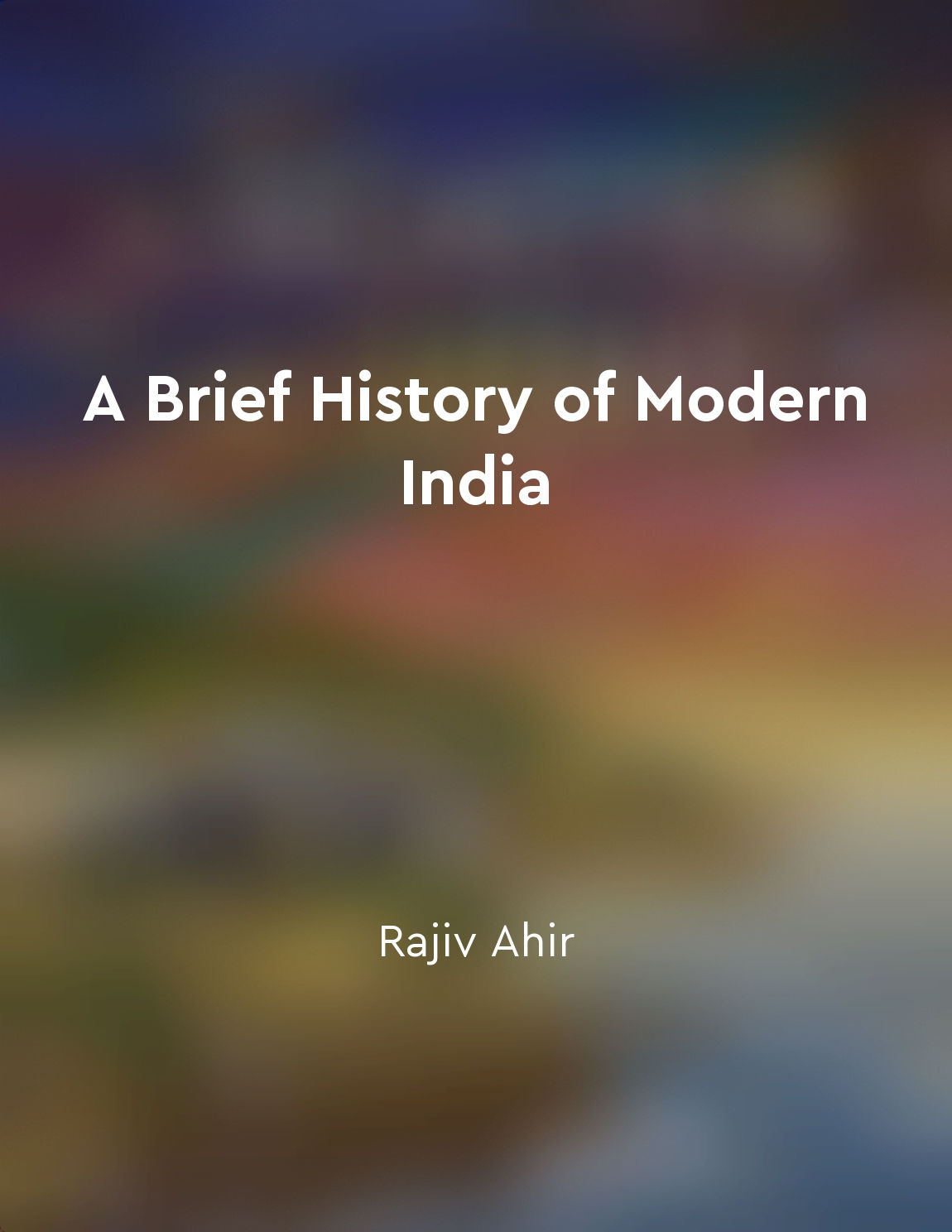Noncooperation and civil disobedience movements from "summary" of A Brief History of Modern India by Rajiv Ahir
The noncooperation movement was a significant turning point in India's struggle for independence. It was launched by Mahatma Gandhi in response to the Jallianwala Bagh massacre in 1919. The movement aimed to challenge British authority through nonviolent means, such as boycotting government institutions, schools, and foreign goods. This mass mobilization of Indians from different walks of life demonstrated unity and strength in their fight against colonial rule. Civil disobedience, another form of protest, was initiated as a follow-up to the noncooperation movement. It involved breaking unjust laws and peacefully accepting the consequences. Gandhi believed that civil disobedience was a powerful tool for challenging oppressive regimes and bringing about social change. The Salt Satyagraha, where Indians marched to the sea to make salt in defiance of British salt laws, is a prime example of civil disobedience in action. Both noncooperation and civil disobedience movements emphasized the power of passive resistance and moral courage. They encouraged Indians to take control of their own destinies and assert their rights in the face of injustice. The success of these movements lay in their ability to galvanize the masses and create a sense of national pride and solidarity.Similar Posts
Revolution is a continuous process, not a onetime event
Revolution, as I see it, is not merely a singular event that happens once and then it's over. It is an ongoing process, a conti...
Colonial exploitation
The exploitation of India by the British colonial rulers was a central feature of their rule. This exploitation took various fo...
Lead by example
In my pursuit of truth and my quest for self-improvement, I have come to understand the profound impact of leading by example. ...
Influence change through civil disobedience
Gandhi firmly believed in the power of civil disobedience as a means to bring about change. He saw it as a way to peacefully re...

Cultivate inner strength and resilience
Developing inner strength and resilience is a key theme in the Bhagavad Gita. The text emphasizes the importance of cultivating...
Celebrate diversity
I believe that diversity is a beautiful thing. It is what makes the world so interesting and vibrant. We are all different in o...
Ancient Indian History is crucial for competitive exams
Ancient Indian History holds significant importance for various competitive exams. It provides a deep understanding of the root...


